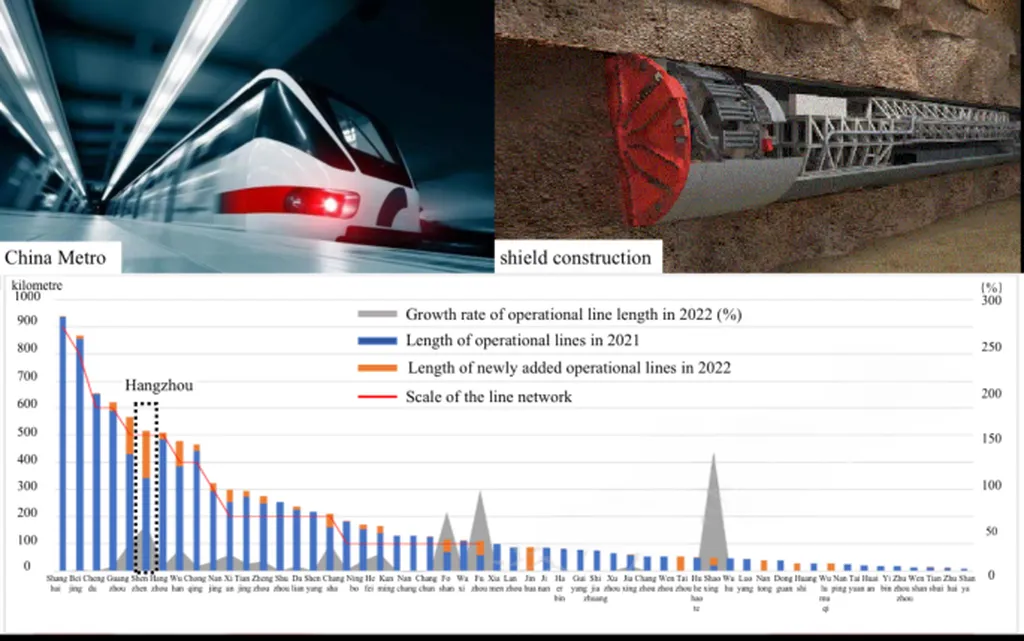In the intricate world of tunnel construction, understanding the behavior of soil and rock is paramount. A recent study led by Leilei Shi from the Key Laboratory of Urban Security and Disaster Engineering of the Ministry of Education has shed new light on the complex phenomenon of soil arching, a critical factor in tunnel stability and safety. Published in the journal *Advances in Civil Engineering* (translated as *Advances in Civil Engineering*), this research could significantly impact the energy sector, particularly in the development of underground energy storage and transportation systems.
Soil arching occurs when the stress within the soil redistributes due to tunnel excavation, forming arch-like structures. These structures can influence the deformation of surrounding rock and the overall stability of the tunnel. Traditional methods of studying this phenomenon, based on continuum mechanics or experimental approaches, often fall short in capturing the microscopic details and particle-scale discontinuities that play a crucial role in soil behavior.
Shi and his team have developed a novel approach called the Relative Particle Motion–Discrete Element Method (RPM–DEM). This method integrates both interparticle sliding and rotation, providing a more accurate reflection of the discontinuous nature of granular media and complex boundary interactions. “Our method offers a more detailed and nuanced understanding of soil arching, which is crucial for predicting tunnel stability and optimizing design,” Shi explained.
The researchers applied this method to study three typical tunnel cross-sections—Standard, QYB, and QYD—from the An–An segment of Beijing Metro Line 12, under varying burial depths. The findings were enlightening. The tunnel geometry significantly affects soil arch morphology and failure characteristics. For instance, the Standard and QYB sections showed soil arching primarily localized at the arch shoulders, where disturbance is most intense. In contrast, the QYD section exhibited arching extending from the shoulder to the sidewall, with the widest disturbance range.
As the formation loss rate increased, ground settlement also intensified, with the QYD section inducing the greatest impact and the Standard section the least. These insights could have profound implications for the energy sector, particularly in the design and construction of underground energy storage facilities and tunnels for energy transportation.
“The energy sector is increasingly looking underground for solutions, whether it’s for storing renewable energy or transporting resources,” Shi noted. “Our research provides a robust numerical tool for optimizing tunnel cross-section design and assessing stratum stability under complex geological conditions.”
This study not only advances the micromechanical understanding of tunnel-induced soil arching but also offers practical tools for engineers and designers. By integrating particle-scale details into the analysis, the RPM–DEM method could lead to more stable and efficient tunnel designs, reducing the risk of geological instability and enhancing safety.
As the energy sector continues to evolve, the need for advanced underground infrastructure will grow. This research paves the way for more informed decision-making, ensuring that tunnels and underground facilities are designed with a deep understanding of soil behavior. In the words of Shi, “This is not just about building tunnels; it’s about building them smarter and safer for the future.”
With the publication of this study in *Advances in Civil Engineering*, the construction and energy industries now have a powerful new tool to navigate the complexities of underground engineering, ensuring that the foundations of our energy infrastructure are as robust as they are innovative.

